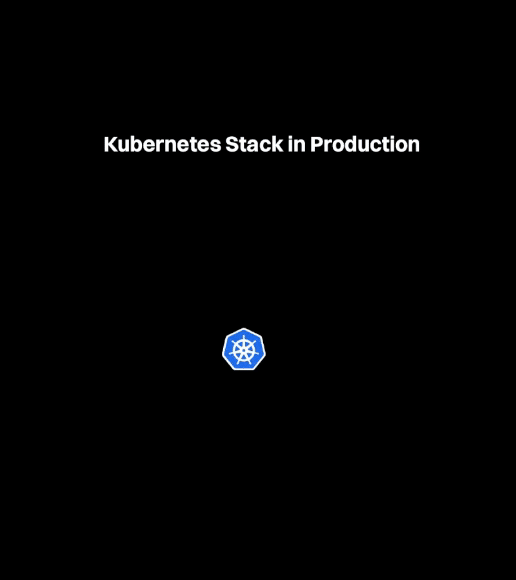Making Your Kubernetes Setup Production-Ready
Kubernetes has revolutionized container orchestration, offering unmatched flexibility and power for modern applications. However, transitioning your Kubernetes setup to a production environment requires strategic planning and adherence to best practices to ensure security, scalability, resilience, and efficient operations. In this comprehensive guide, we’ll explore key considerations and best practices to make your Kubernetes deployment production-ready.
1. Security
Minimize Attack Surfaces
Limit access and secure configurations to reduce vulnerabilities and protect applications and data from potential threats.
2. Scalability and Autoscaling
Leverage Kubernetes’ self-healing mechanisms and autoscaling capabilities to seamlessly handle increased workload demands and maintain optimal performance.
3. Deployment Velocity
Implement automated Continuous Integration and Continuous Deployment (CI/CD) pipelines to accelerate deployment processes while ensuring reliability, consistency, and version control.
4. Disaster Recovery
Reduce Mean Time to Recovery (MTTR) by adopting GitOps methodologies for efficient disaster recovery processes, ensuring rapid restoration of services in case of failures.
5. Observability
Ensure smooth operations and proactive issue resolution by implementing robust monitoring and observability practices, both pre-deployment and in real-time production environments.
Best Practices for Production-Ready Kubernetes
- Utilize Namespaces: Organize and isolate workloads logically using Kubernetes namespaces, enabling efficient team development and resource management.
- Implement Role-Based Access Control (RBAC): Fine-tune access management by defining roles and granting permissions based on responsibilities, ensuring secure and controlled access to cluster resources.
- Enforce Network Policies: Secure inter-service communication and control traffic flow within your Kubernetes cluster by implementing network policies that define rules for ingress and egress traffic.
- Secure SSL Traffic: Enable encryption for pod-to-pod communication and secure cluster components with SSL/TLS certificates to protect data and ensure confidentiality.
- Plan for Stateful and Stateless Applications: Choose appropriate storage solutions and configurations to support both stateful and stateless applications effectively, ensuring data persistence and availability as needed.
By following these best practices and considerations, you can transform your Kubernetes setup into a robust and efficient platform for your production workloads. Embrace the complexity of Kubernetes with the right tools, processes, and security measures to unlock its full potential and meet your organization’s evolving needs.
Chandresh Desai has provided a helpful graphic summarizing these best practices, offering a visual reference and roadmap for your Kubernetes journey. Remember to stay updated with the latest Kubernetes releases and security patches to maintain a secure and resilient production environment.
Keep visiting QuickShare and write to us in the comments below.

